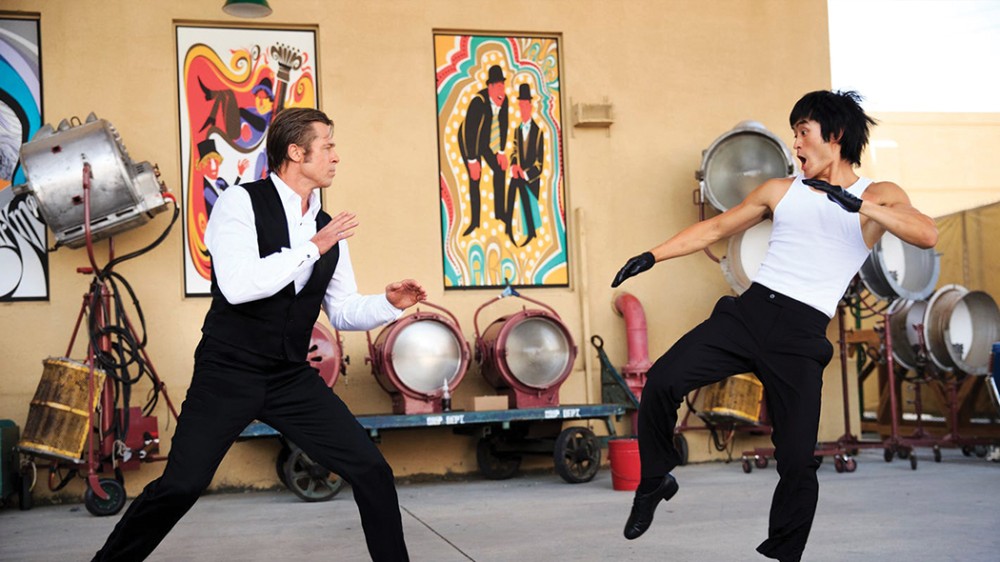Quentin Tarantino’s violent movie about violent movies
In Once Upon a Time...in Hollywood, the director delights in both cinema and blood.

Quentin Tarantino’s movies are best known for their violence, but they are also about the magical power of movies to transport us into other realities. His latest movie, Once Upon a Time in . . . Hollywood, makes this love of the fiction of cinema the subject of the story. It is a beautiful, enrapturing film. It also serves as a commentary on Tarantino’s style of movie making, asking us to decide as viewers when violence is justified and when it is gratuitous, or whether there really is a difference.
His work is steeped in reference to other film styles and his own style has influenced a generation of filmmakers. But what most audiences remember is the violence. Tarantino doesn’t just kill off his characters; he bludgeons, burns, and tortures them. This seems to be part of his point: movies are phantasmagorical places where the normal rules of civility—or physics—don’t apply. Blood splatters farther there, and bodies can be broken more savagely than in the real world. Some viewers are horrified and turn away; others find pleasure in how far Tarantino is willing to go.
Once Upon a Time completes a trilogy that reimagines moments of profound historical evil. In Inglourious Basterds, a group of Jewish American soldiers assassinates Hitler. In Django Unchained, a former slave exacts bloody vengeance on a slaveholding family and rides off into the sunset. In both films, fictional violence is offered as cathartic redemption. The viewer gets to savor an alternative history in which the good guys win. The historical evil revisited in Once Upon a Time is the murderous 1960s cult known as the Manson Family. But in this case the viewer’s cathartic satisfaction is part of what he is exploring.





